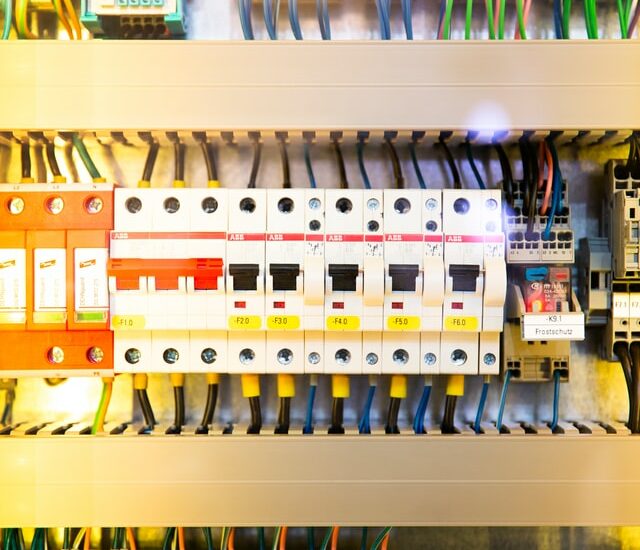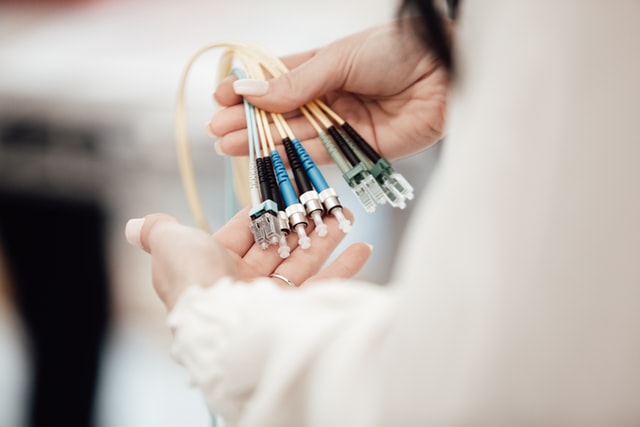The key to long-lasting cable and wire harness assemblies lies in proper handling, routing, installation and maintenance. The last point is especially important, as an adequate amount of maintenance can help prevent wire damage, connection life and circuit functioning
You should hire a reputable harness assembly repair service provider to achieve quality results. The best way to do this is to keep some important points in mind.
Preventive Measures Which Should be Taken Before Installation
Make sure the cable is not scratched, which is responsible for reducing its durability. Do not bend the cable beyond the recommended bend radius. Make sure that there is no tension on the wires or cables. Prevent twisting and kinking during installation. Always check that cables and wires do not come into contact with potentially damaging elements.
You can take professional guidance from scondar, which can help you thoroughly throughout the process.
The Wire Harness Should be Dressed Well
Cable dressing refers to neat organization of all your cables and wires. This greatly helps to increase storage capacity and to prevent the cables from getting tangled with each other.
A Proper cable dressing also allows you to ensure easy routing, installation and repair servicing. Therefore, when working with a cable harness manufacturer, always make sure that you want the harness to be properly dressed.
Ensuring Adequate Protective Wrapping
Each cable consists of a series of stranded wires. Sometimes more cables, sometimes less, but even the simplest cables contain copper cables inside a plastic jacket. Taking care of the wires means taking care of the copper in these wires.
Although copper wire is flexible, it can be damaged. The thin strands of copper that make up most of the cables will break down over time, causing signal degradation and eventual failure. Improper handling of cables will accelerate the wearing process, so the more careless you are with the cables, the shorter their service life will be.
While you are wrapping the cable, do not wrap it around your arm, hand, or your wrist. This is the easiest way to break the cable. Wrap the cable in a loose circle along the contour of the cable’s natural curve.
The life of the cable can be maximized by allowing the cable to rotate naturally between your fingers and make sure to wind it as lightly as possible.
Make Sure To Prevent Birdcaging
Bird caging generally refers to a single fiber of wire twisted towards the opposite direction of the wire lay. If this is found, it is necessary to twist the wire insulation in the same direction as the twist made by the manufacturer.
Prevention of Bird-caging can provide you with various benefits. It facilitates the process of soldering the wires to the terminals, which also helps in preventing short circuits.
The Art Of Breakout Wiring
Many electrical components are made up of breakout boards. Wires must be disconnected from the bundle to connect to the various terminals on the breakout board. Breakout wiring process should be done cautiously.
Stress on the conductor should be minimized while disconnecting the wire and the wire must not be bent excessively. Also, the distance between the breakout point and the terminal should allow the wire to bend when connected to the terminal.
Adequate Wire Stress Relief at the Terminals
Strain relief not only helps separate the wires, but it is also useful when connecting the wires. Wire strain relief can be executed by creating a maintenance loop in front of the terminals.
Equipping the wire terminals with strain relief, will make them more flexible which will make the wire termination easier. If the electrical enclosure is required to be mobile, lower wire strain relief will allow the cable to withstand mobility and various temperature changes.
Pick the Right Wire or Cable
Choose the cable that best suits your industrial application. Learn about the different types of cables available on the market.
Choose the appropriate cable size recommended for your applications. Make sure to check some factors like safety regulations, carriage capacity, voltage drop, ambient temperature, mechanical strength, etc.
Prevention Of Damage
Be careful when mounting the wires, and avoid twisting the wires during installation. Wires should be laid as straight as possible, while avoiding any tension or run-overs.
Pay attention to the minimum bend radius. Prevents impacts, punctures, or crushing that could damage the wire jacket. Keep wires and cables away from open flames.
Proper Cable Reel Adjustments
Reverse the ends of the cables to avoid prolonged exposure of the ends to harsh environments. Bundle the cables to prevent reverse winding, while maintaining proper tension.
Pay attention to the overload current. Consider cases where you don’t account for voltage drops that can lead to premature machine failure due to overheating.
Proper Maintenance Of Records
It is recommended for the installation of a repository for your wires and cables, for your industry. It can provide a brief idea about their lifespan. Make a note of the wire harness assemblies for later reference. Keep a record of areas where failures are common. Remove wires and cables for repair and regularly analyze their performance.
Conclusion
The above mentioned tips will be able to help you with installation, maintenance, repairing and wire harness assemblies. Make sure to contact your wire manufacturer or repair service provider before trying these tips, on your own. Stay cautious and stay safe.




![Fix Error Code [pii_pn_8a68e8c174733080624b] in MS Outlook](https://www.techiestate.com/wp-content/uploads/2021/07/pii_pn_8a68e8c174733080624b.jpg-2-100x100.webp)



